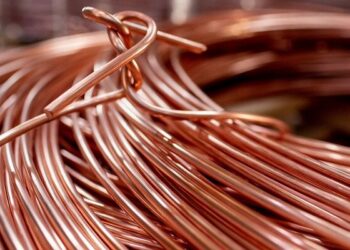New mapping and geophysics have confirmed and extended vein graphite targets at Lanka Graphite Limited’s exploration licences in southwest Sri Lanka.
The ASX-listed company has received the first set of results from an ongoing Very Low Frequency (VLF) Electromagnetic (EM) survey and geological mapping exercise being undertaken at its licence areas.
Reconnaissance geological mapping has confirmed the location of more 50 existing pits, shafts and adits on three licences. It has also highlighted structural and lithological trends that may be related to vein graphite mineralization.
The VLF EM survey initially targeted seven areas in these three areas where there are historic graphite workings. The survey results suggest the presence of graphite mineralization between and beyond the extent of the mine workings, indicating that the mineralization may extend well beyond historic mining areas.
Several of the conductors detected in the surveys have no historic mine workings and may be related to untested graphite mineralization under cover.
Lanka executive chairman Jitto Arulampalam said, “The survey results are an encouraging first stage of our campaign to identify economic vein graphite resources.
“The VLF survey has proven to be a useful and very cost-effective first-pass tool in verifying the presence of conductors, interpreted to represent graphite mineralization, in the vicinity of old adits and shafts, and these results would help to focus a second phase of detailed geophysical surveying to enable drill planning.”
Given that Sri Lanka was previously a major world supplier of high quality vein graphite, extensive mining and prospecting for graphite occurred in the country during the past 200 years. Old shafts, adits and prospecting pits are, therefore a common starting point for present day exploration.








